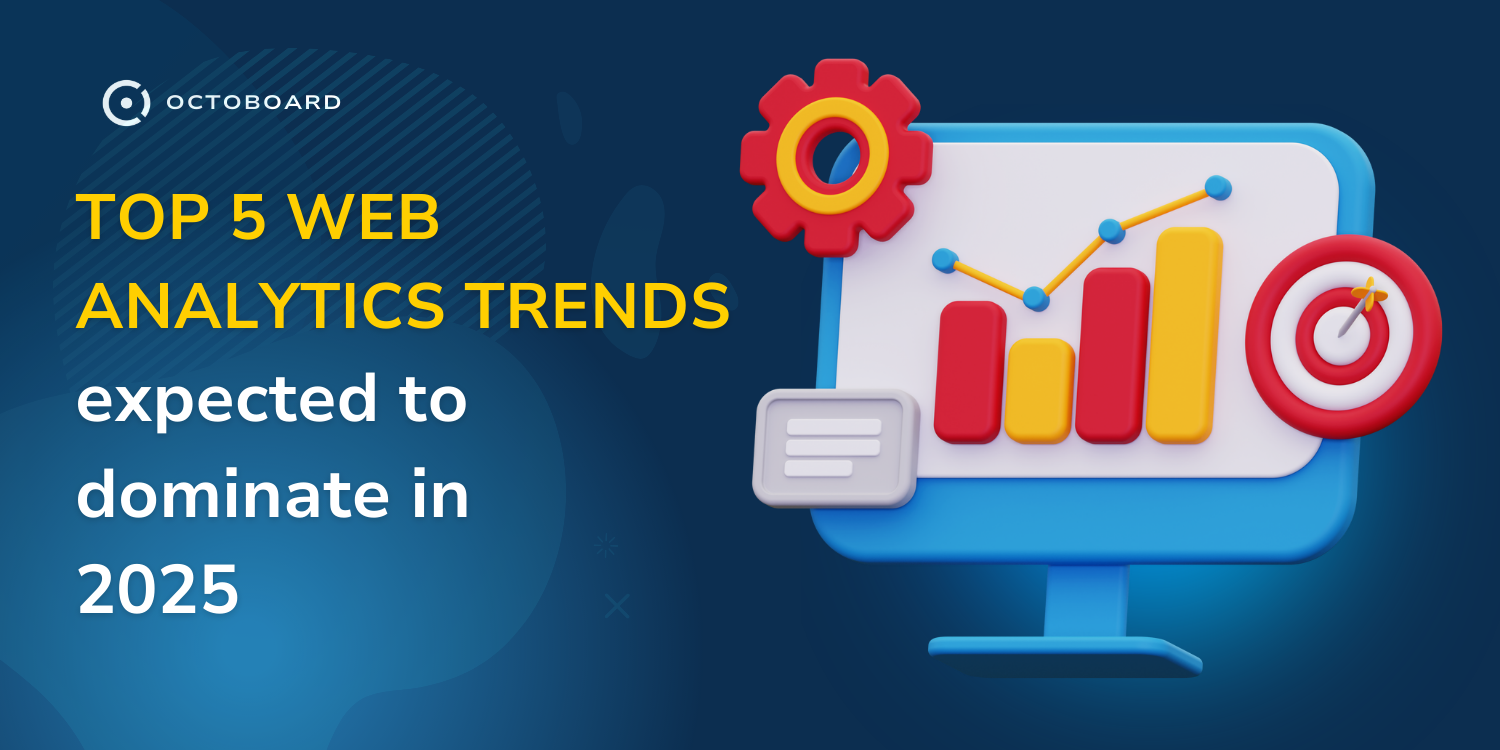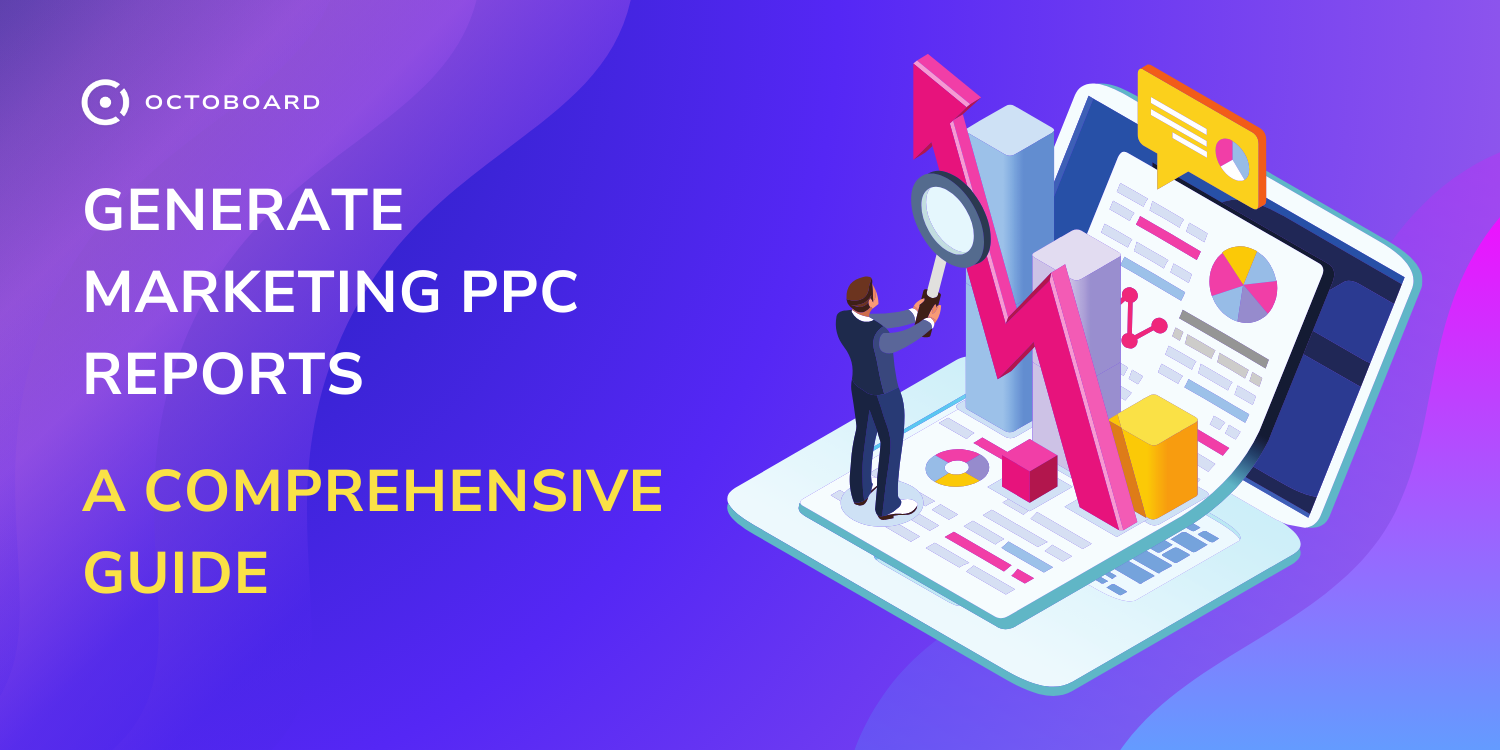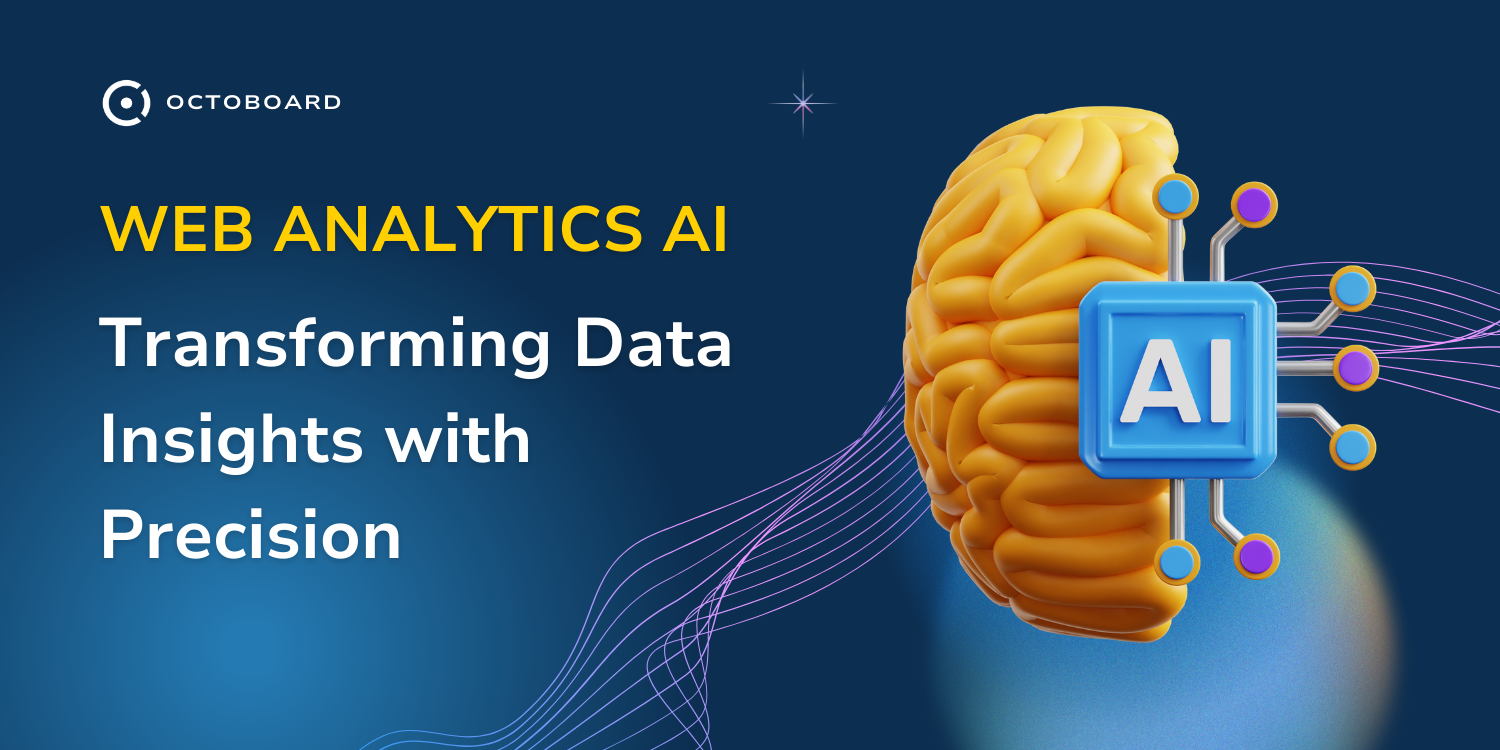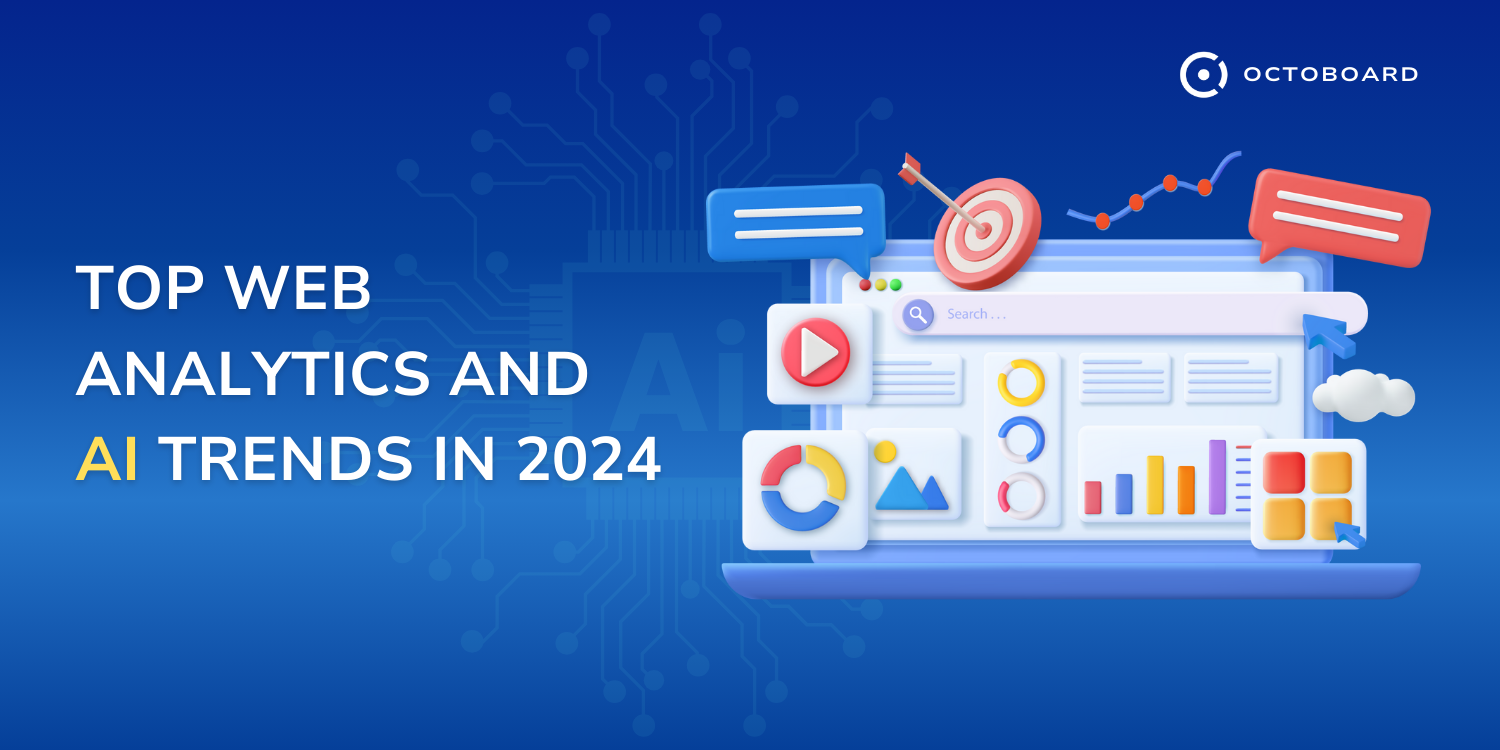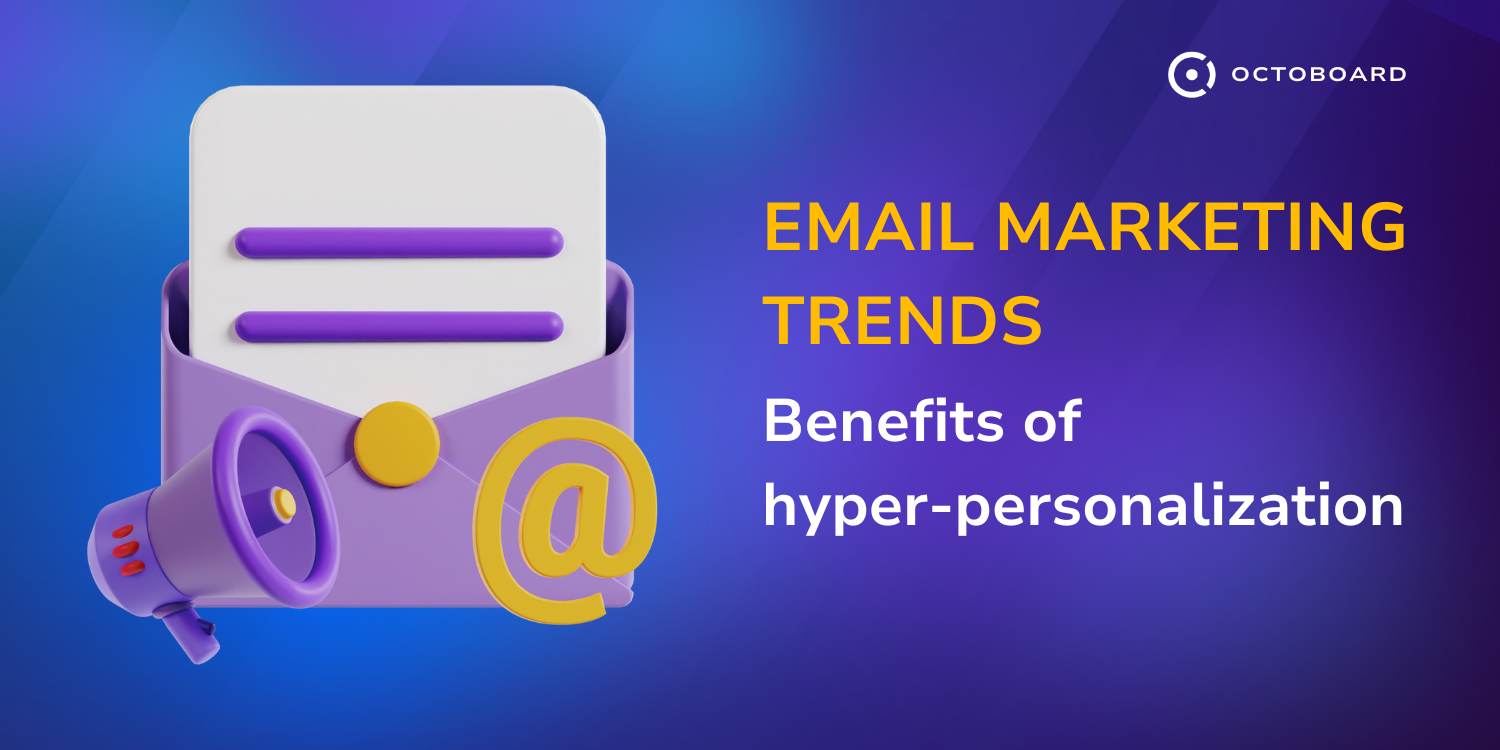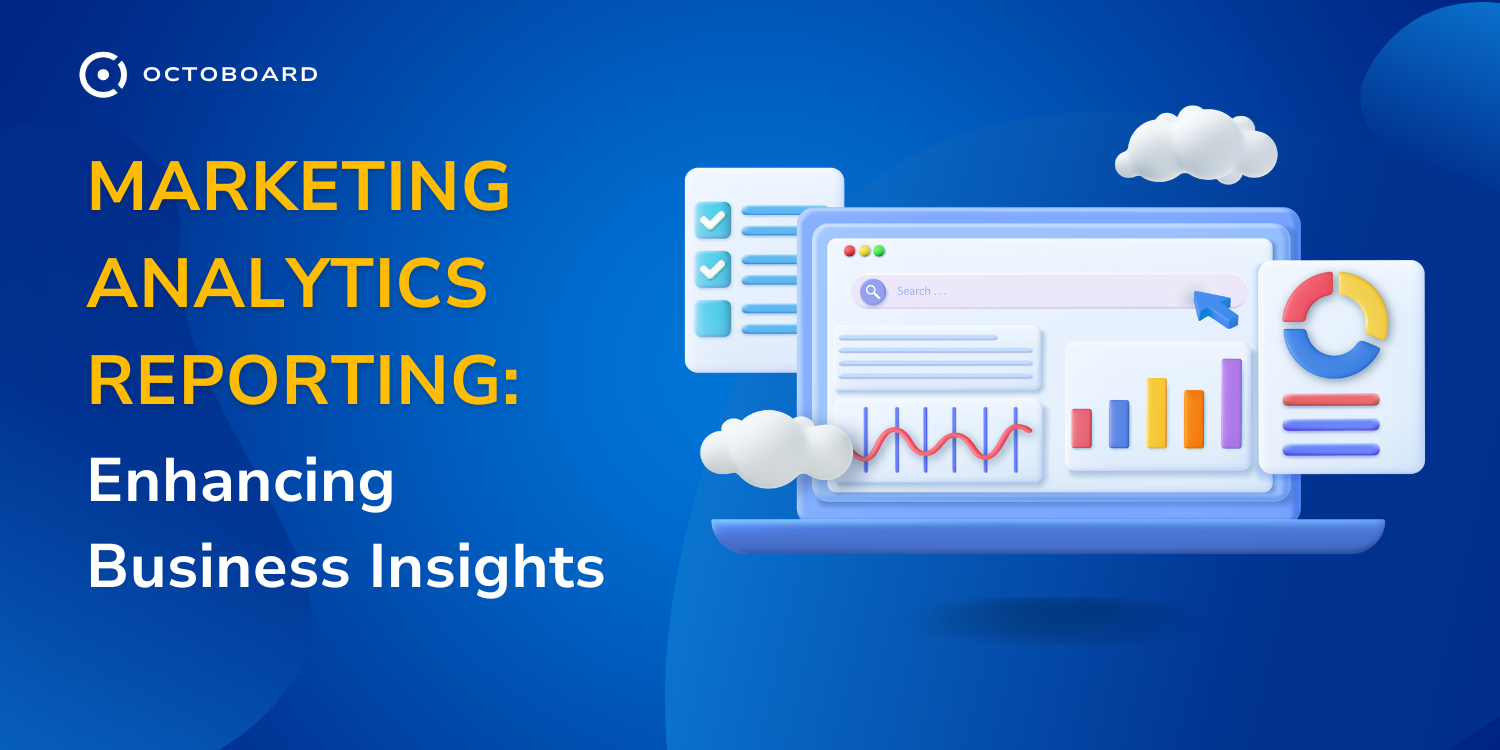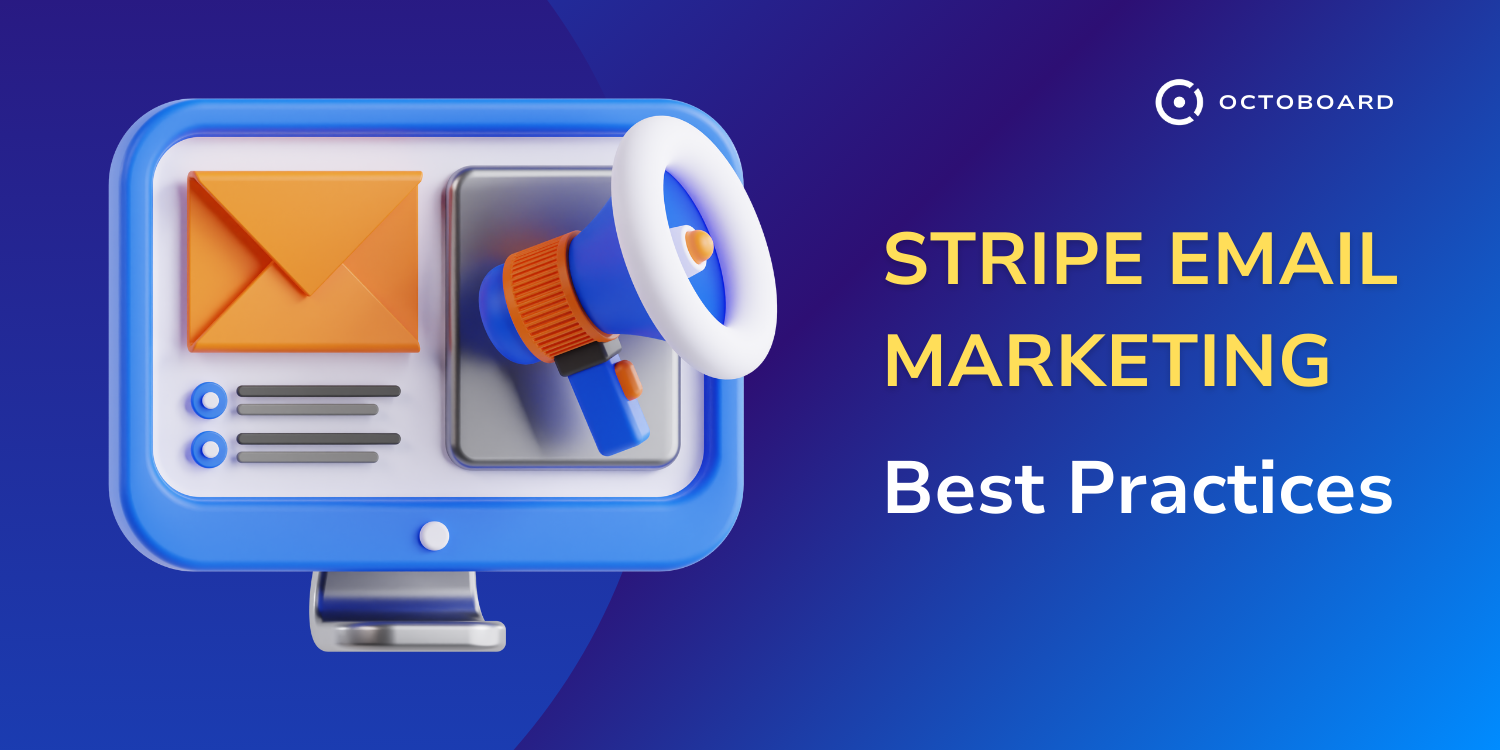PPC Data Trends 2024: ROAS and Automation
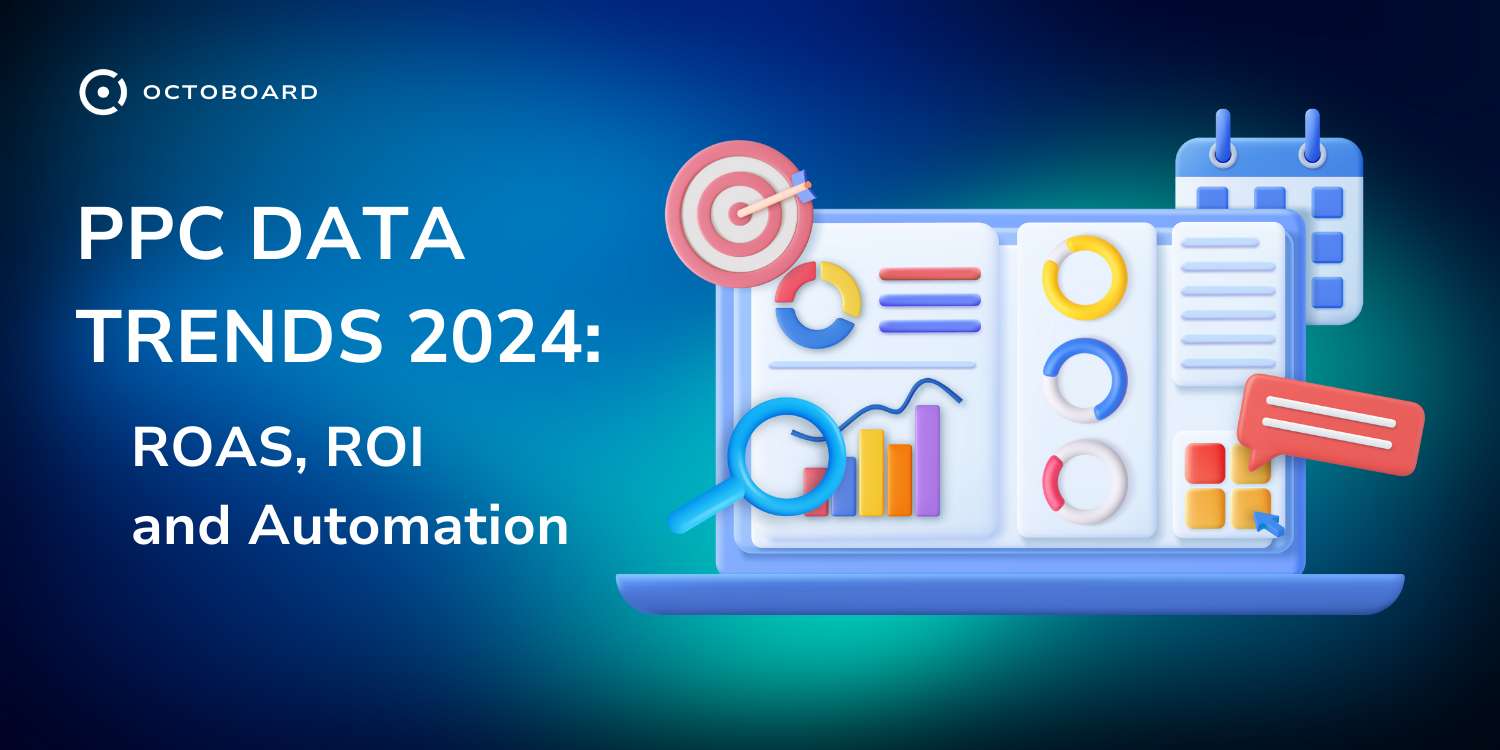
In 2024, the landscape of pay-per-click (PPC) advertising continues to evolve, with significant trends and statistics shaping strategies for marketers. A key focus is on Return on Ad Spend (ROAS), which remains a crucial metric for evaluating the effectiveness of PPC campaigns.
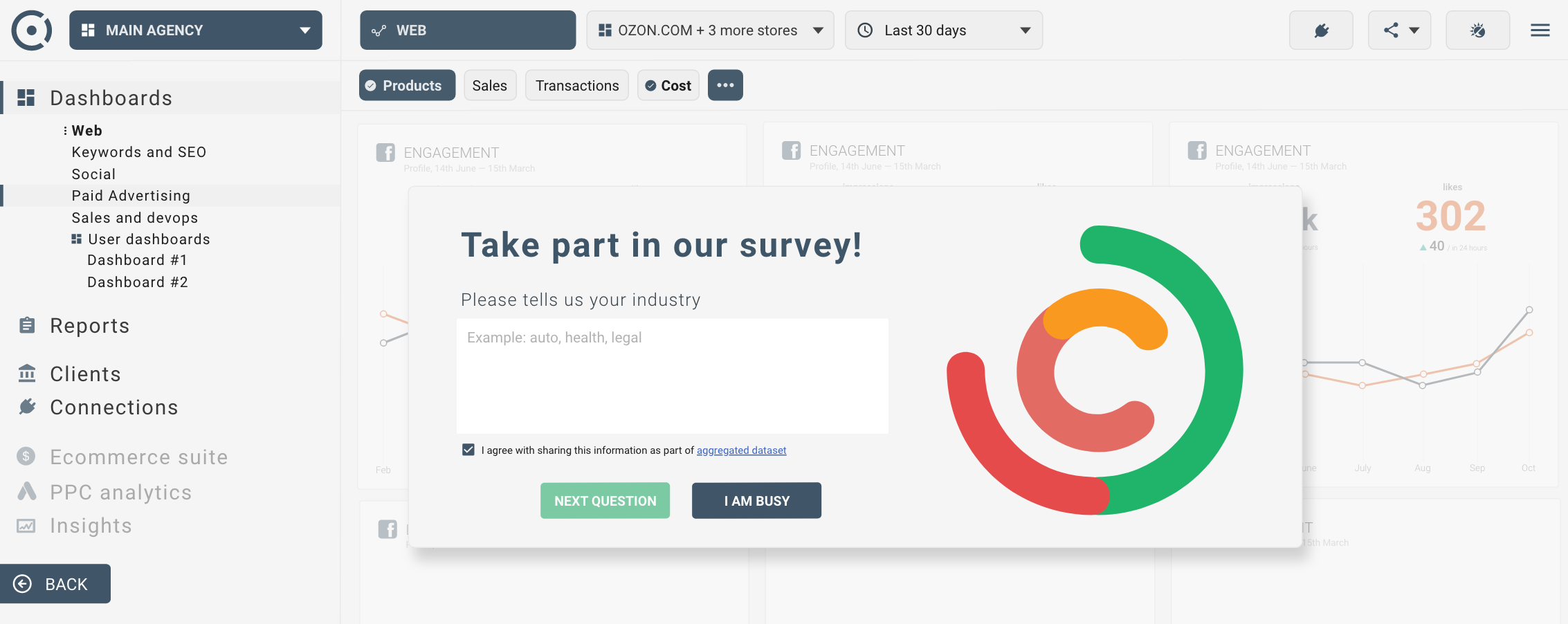

- Rise of Automation: Automation tools are increasingly utilized in PPC campaigns, leveraging AI and machine learning to optimize ad spend and improve performance. This trend is expected to enhance efficiency and ROI for marketers who adopt these technologies.
- Mobile Optimization: With the growing number of mobile users, there is a strong emphasis on optimizing PPC campaigns for mobile devices. This includes creating mobile-friendly ad formats and optimizing landing pages to improve user experience and conversion rates.
- Budget Allocation Shifts: Marketers are reallocating budgets towards platforms that yield higher engagement and better targeting capabilities. This strategic diversification aims to maximize reach and mitigate risks associated with advertising spend.
- Increased Focus on Personalization: Ads that are personalized based on user behavior and preferences are yielding higher engagement rates. Research indicates that personalized ads can achieve up to a 40% increase in engagement compared to generic ads.
- Impact of Privacy Regulations: The deprecation of third-party cookies is prompting marketers to focus on first-party data collection and privacy-compliant strategies. This shift presents both challenges and opportunities for creating trust with consumers.
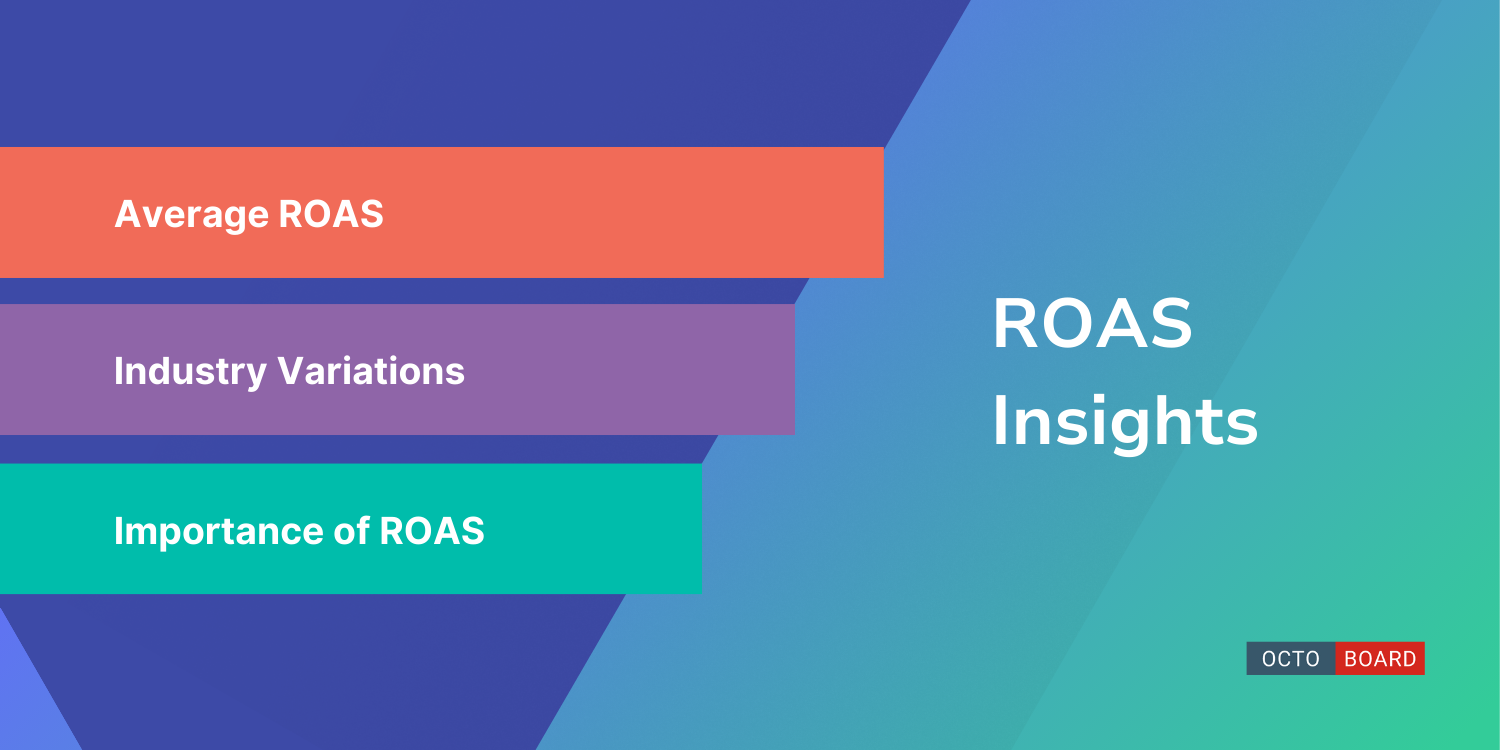
- Average ROAS: The average ROAS for PPC campaigns is reported at 1.55, indicating that for every dollar spent, advertisers can expect to earn $1.55 back. This figure varies by industry, with eCommerce showing a higher average ROAS of 2.05.
- Industry Variations: Different industries exhibit unique ROAS metrics, underscoring the need for tailored strategies. For instance, the construction industry has a notably high PPC ROAS of 2.25, while sectors like financial services show lower returns at 1.05.
- Importance of ROAS: ROAS is a straightforward metric that helps marketers assess the profitability of their campaigns. It is particularly useful in understanding how well a PPC campaign is performing in driving revenue, making it a vital component of digital marketing strategies.

As PPC advertising continues to grow, staying informed about these trends and leveraging data-driven strategies will be essential for marketers aiming to maximize their ROAS and overall campaign effectiveness. The integration of automation, mobile optimization, and personalized advertising will play key roles in shaping successful PPC strategies in 2024.
Automation is set to significantly impact Return on Ad Spend (ROAS) in PPC campaigns in 2024, enhancing both efficiency and performance. Here are the key ways automation influences ROAS:
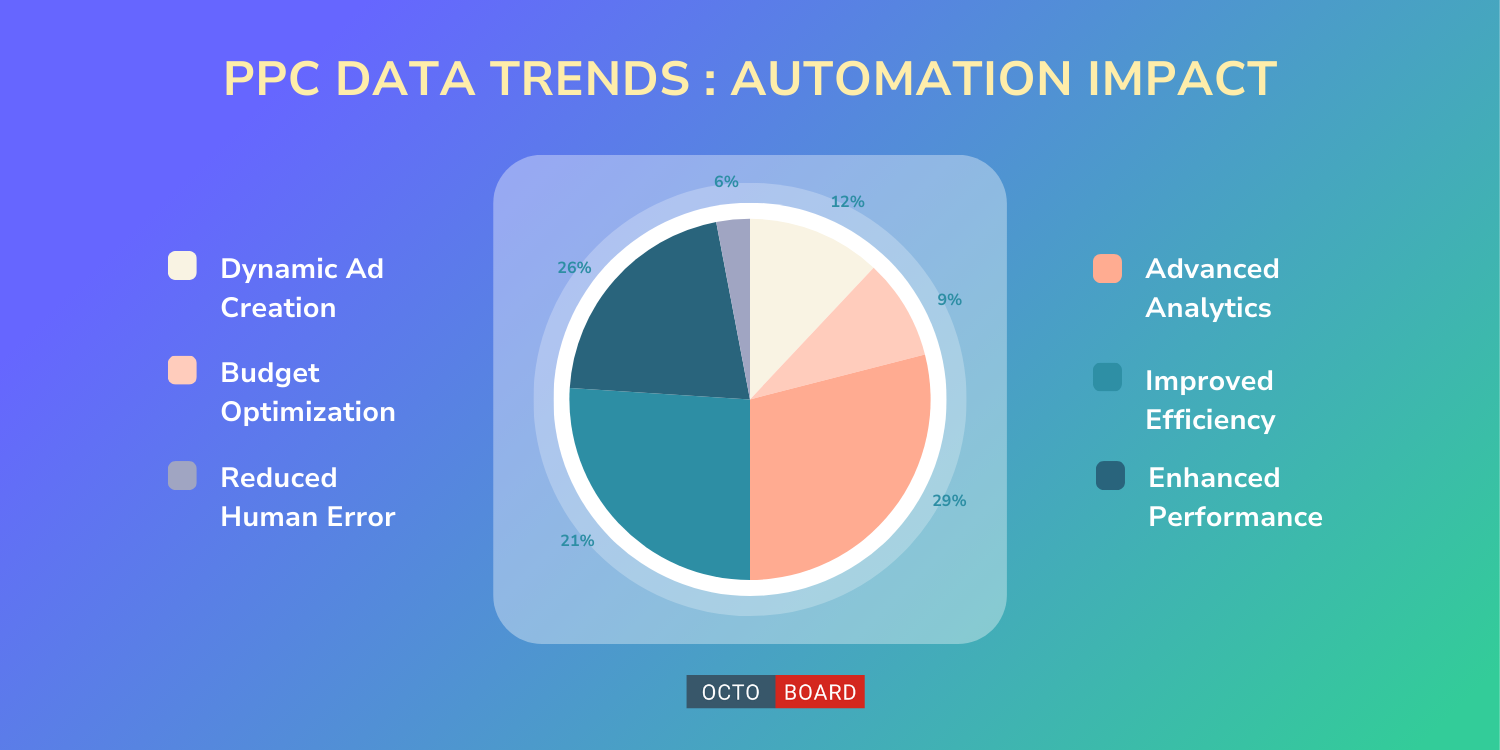
Automation tools provide advanced analytics and insights, enabling continuous strategy refinement. Predictive analytics can forecast trends and consumer behavior, allowing marketers to make informed decisions that enhance campaign effectiveness and ROAS. By 2024, it's expected that over 50% of PPC professionals will rely on predictive analytics for decision-making.
Automation tools streamline repetitive tasks such as bid adjustments, ad placements, and keyword management. This efficiency allows marketers to focus on strategy rather than manual processes. Surveys indicate that over 70% of marketers feel automation has reduced the time spent on managing campaigns, which can lead to better resource allocation and ultimately improved ROAS.
Automated systems leverage AI and machine learning to analyze large datasets in real-time, making precise adjustments based on performance metrics. Research shows that campaigns utilizing these technologies can experience performance improvements averaging 20%, which directly contributes to higher conversion rates and better ROAS.

Automation facilitates the creation of dynamic ads tailored to specific audiences, increasing relevance and engagement. For instance, Google's Responsive Search Ads utilize machine learning to optimize ad combinations, reportedly boosting click-through rates by up to 15%. Higher engagement typically correlates with improved ROAS.
Automation aids in reallocating budgets to the best-performing campaigns and keywords, ensuring that every dollar spent maximizes ROI. Studies indicate that businesses employing automated bidding strategies can see a 20% increase in ROI compared to manual methods, further enhancing ROAS.
By automating complex tasks, the risk of human error diminishes, leading to more accurate campaign execution. A survey found that 65% of PPC managers reported fewer errors after implementing automation tools, contributing to better overall results and improved ROAS.
In summary, when implemented effectively, automation in PPC campaigns can lead to significant improvements in ROAS by enhancing efficiency, performance, and strategic decision-making. However, it is crucial that the overall campaign strategy is well-defined; otherwise, automation could inadvertently lower ROAS if not aligned with business goals
Implementing PPC automation presents several challenges that marketers must navigate to effectively leverage its benefits. Here are the main challenges:
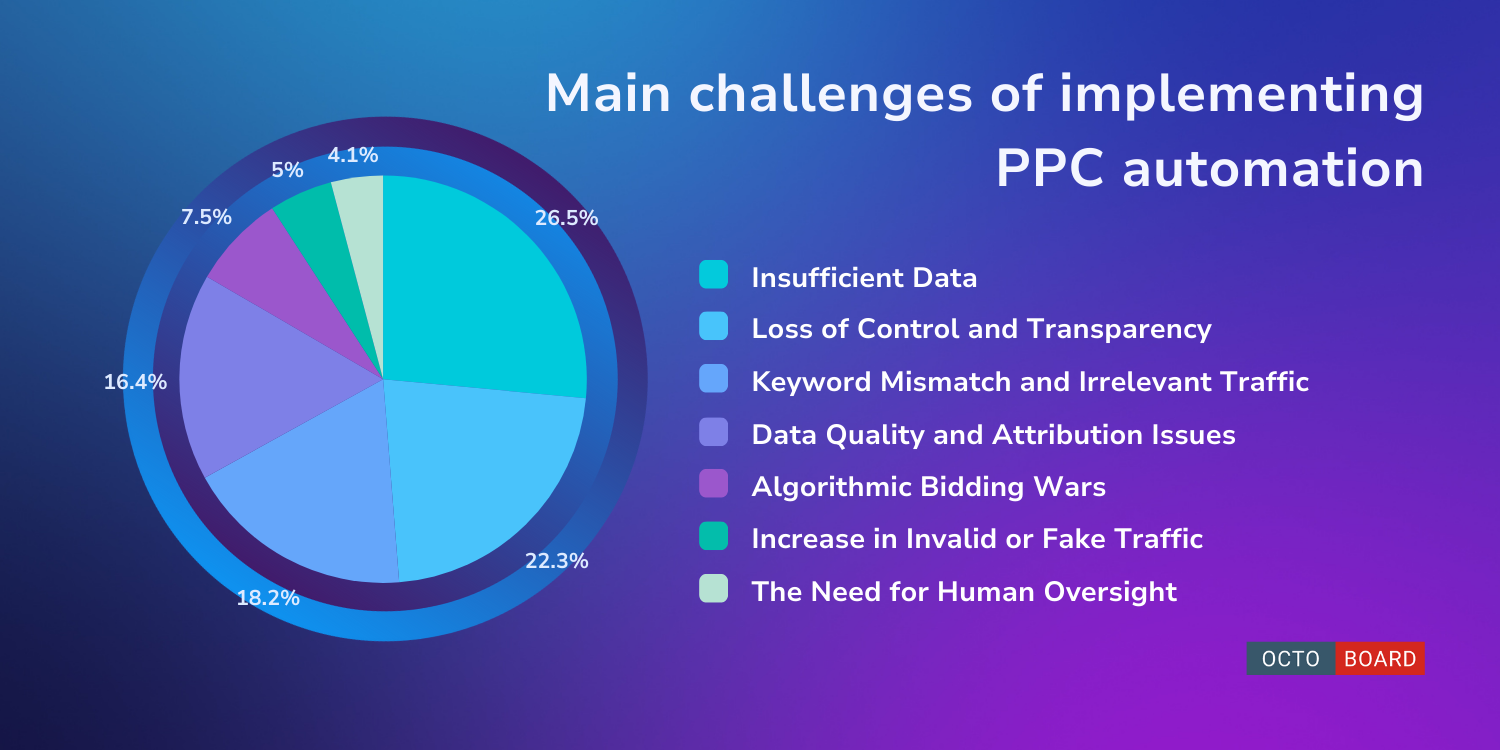
One of the primary hurdles is having inadequate historical data for effective automation. Algorithms rely on substantial data to make informed decisions. Without sufficient data, the automated systems may not perform optimally, leading to subpar campaign outcomes.
When automating PPC processes, marketers often relinquish some control over critical aspects like bid adjustments and ad placements. This can create a feeling of uncertainty, as the decision-making shifts to algorithms that may not always align with specific campaign goals. Maintaining transparency through regular performance reviews is essential to mitigate this issue.
Automated keyword selection can sometimes lead to irrelevant clicks if the system misinterprets user intent or targets overly broad keywords. This mismatch can waste ad spend on clicks that do not convert. Regular audits and strategic use of negative keywords are necessary to counteract this challenge.
With automation, the complexity of attribution models increases. Accurate data collection and understanding attribution windows are crucial for assessing campaign effectiveness. Poor data quality can lead to misattribution of conversions, complicating performance analysis.

Automation can create intense competition among advertisers, leading to bidding wars that inflate costs. When multiple automated systems focus solely on maximizing conversions, they may drive up bids excessively, making it difficult for advertisers to maintain profitable ROAS.
Over-automation can lead to issues with invalid traffic, as automated systems may not effectively filter out low-quality leads. This can result in wasted ad spend and skewed performance metrics, complicating campaign management.
Despite the efficiency of automation, the human touch remains vital. Creative elements, such as engaging ad copy and tailored landing pages, are essential for driving conversions. Automation cannot fully replace the strategic insights that human marketers provide.
In summary, while PPC automation offers significant advantages in terms of efficiency and scalability, marketers must address these challenges through careful planning, regular monitoring, and a balanced approach that integrates both automated and manual strategies.

